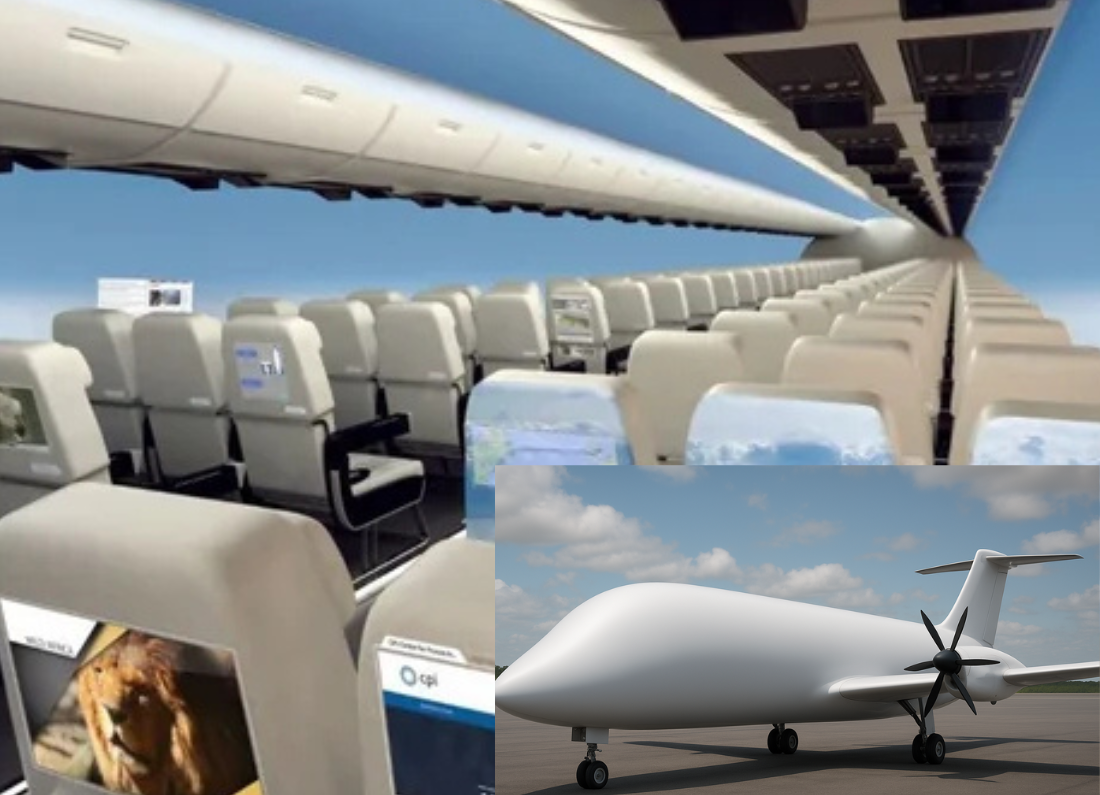A dramatic new development has emerged in the preliminary report on the June 12 crash of Air India Flight AI171, a Boeing 787‑8 Dreamliner, which tragically killed 260 people shortly after departing Ahmedabad. Investigators have revealed that both engine fuel control switches were mysteriously moved to the “CUTOFF” position, severing fuel flow and triggering a catastrophic dual-engine failure.
What the Investigation Revealed
- Fuel Controls Flipped Mid-Air: According to India’s Aircraft Accident Investigation Bureau (AAIB), both engines stopped receiving fuel within seconds of takeoff due to fuel control switches being switched from “RUN” to “CUTOFF” just 1–2 second
- Cockpit Voice Recorder Alarms: Voice recordings captured intense confusion, with one pilot asking, “Why did you cut off the fuel?” and the other denying any action
- Unexpected Nature: The activation was unplanned—engines began brief recovery attempts after the switches were reset, but thrust was insufficient for altitude gain
- No Mechanical Defects Found: Maintenance logs confirmed that the aircraft’s Throttle Control Module (housing fuel switches) was replaced in 2019 and 2023 under Boeing’s schedule—and no defects were recorded
- FAA Warning Ignored: In 2018, the FAA issued an advisory (not a mandate) regarding disengaged locking mechanisms on Boeing fuel switches. Air India did not act upon it
Global Response
- Inspections Ordered: India’s DGCA requires all 787 and applicable 737, 747, 757, and 767 operators to inspect fuel switches
- International Airlines Respond: Etihad, Singapore Airlines, Lufthansa, Japan Airlines, and others have conducted precautionary checks
- FAA & Boeing Assess Safety: The FAA has stated that while the switch-locking advisory should be reviewed, no immediate safety directive is needed. Boeing echoed this, urging that the design remains safe
- Pilot Unions Concerned: IFALPA and the Indian pilots’ association criticize speculation around pilot error, calling for an unbiased investigation
- Regulatory Vigilance: India’s Minister of State for Civil Aviation emphasized patience and reliance on final analysis before judgment .
The Bigger Picture
This accident marks the first fatal crash of the Boeing 787, previously known for its safety. It highlights how even small, rarely accessed switch systems can lead to catastrophic outcomes if not carefully managed. The crash adds urgency to discussions on human factors, cockpit ergonomics, and regulatory oversight worldwide.
What to Watch Next
- Final AAIB report expected in 12 months, with possible safety recommendations
- Regulatory scrutiny by EASA, FAA, and global counterparts
- Redesigned cockpit protocols, and possible hardware or software interlocks for fuel systems
The latest finding, as fuel cutoff through switch movement, send a powerful reminder: aviation safety depends on both robust design and disciplined human operation. As the investigation continues, the sector must balance faith in technology with persistent vigilance.














Leave a Reply